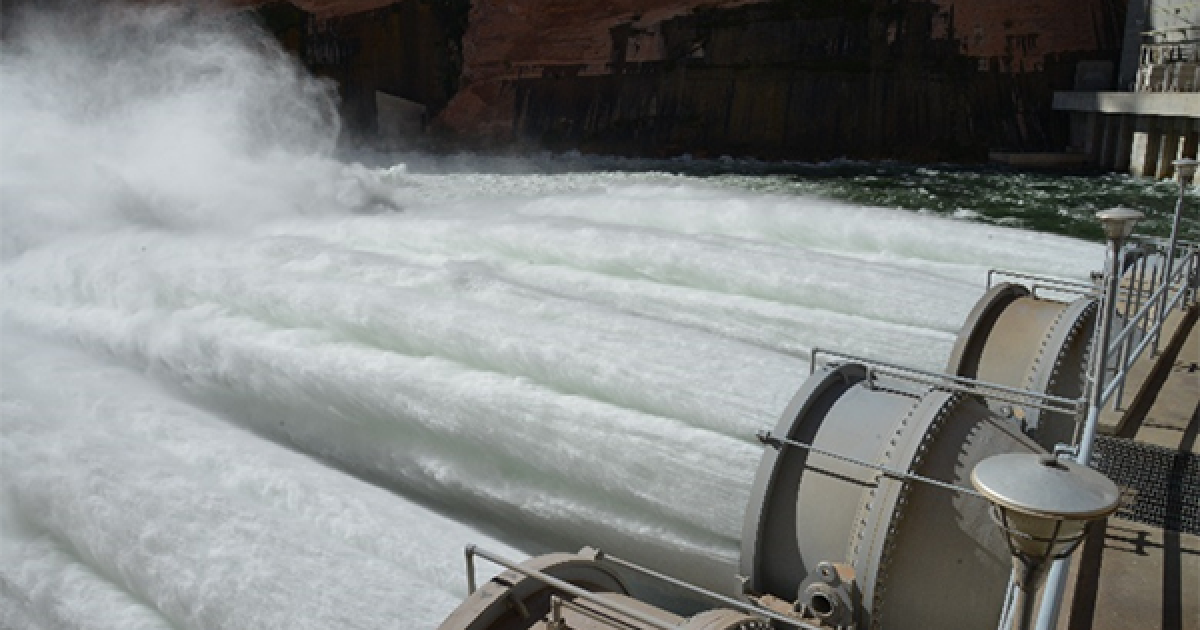Glen Canyon Dam Water Crisis: Urgency for Collaborative Solutions
- Better American Media

- Aug 21
- 2 min read

Glen Canyon Dam Faces Water Crisis Amid Drought Warnings
As water levels continue to dwindle, environmental advocates are increasingly alarmed by the potential crisis at the Glen Canyon Dam. The U.S. Bureau of Reclamation (USBR) has issued a 24-month outlook predicting significant drops in Lake Powell's water levels, with projections suggesting they may reach as low as 3,538.47 feet by January 2026.
This forecast places the reservoir dangerously near the minimum power pool level essential for hydropower generation. “This underscores the importance of immediate action to secure the future of the Colorado River,” stated USBR's Acting Commissioner David Palumbo, who stressed the need for sustainable management of the ongoing drought that impacts over 40 million users.
Significantly, the USBR study also forecasts that levels could dip below the minimum power pool by November 2026, introducing serious complications for water management strategies. Eric Balken, executive director of the Glen Canyon Institute, highlighted that current infrastructure may not adequately manage water releases if levels decline to around 3,490 feet, pointing out that “For too long, the decision makers of the Colorado River have avoided the elephant in the room: Glen Canyon Dam.” Balken advocates for solutions such as bypassing the dam to better manage river operations under low water conditions.
Currently, negotiations are underway among seven states sharing the Colorado River to formulate a new water-sharing agreement as the existing pact approaches expiration at the end of 2026. Zach Frankel, of the Utah Rivers Council, emphasized, “This forecast makes clear that no matter what is agreed to in the interim guideline negotiating room, the plumbing problems at Glen Canyon Dam won’t be solved.”
The USBR has also announced plans to release 7.48 million acre-feet of water from the dam during the 2026 water year, although this volume is subject to alteration based on hydrological conditions. Scott Cameron from the U.S. Interior Department is calling on the Colorado River Basin states to finalize operations plans by mid-November and devise a comprehensive agreement by the summer of 2026, underscoring the imperative for collaboration to ensure the health of the Colorado River system and the many livelihoods it supports. “Our ability to collaborate effectively and craft forward-thinking solutions that prioritize conservation, efficiency, and resilience,” he remarked, is critical for future water management.

